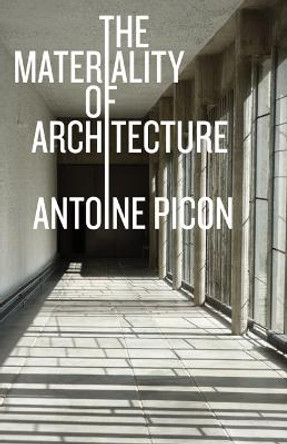Description
Architect Paul Rudolph (1918–1997) was known for his iconic modern houses and exemplary Brutalist buildings in exposed concrete, including the Yale Art and Architecture Building and the Boston Government Service Center. Rudolph’s popularity peaked during the 1950s and ’60s, when he served as the chair of Yale University’s Department of Architecture, but his work fell from favor with the advent of postmodernism in the 1970s. This compact volume provides an introduction to and long-overdue reassessment of the architect’s trailblazing career. Discussing the full range of Rudolph’s work—from his beginnings in Sarasota, Florida, and his public and institutional buildings to mixed-use developments in Asia and plans for unrealized megastructures, including the controversial Lower Manhattan Expressway—Abraham Thomas examines how Rudolph explored concepts such as functionalism, urbanism, and modular construction across decades and continents. Richly illustrated with photographs of the structures and Rudolph’s own drawings (many never before published), as well as models, furniture, and period press clippings, this book sheds light on the architect’s process and takes up themes such as civic design, housing development, and experimental materials and methods—themes as important in his time as in our own.
Published by The Metropolitan Museum of Art/Distributed by Yale University Press
Exhibition Schedule:
The Metropolitan Museum of Art, New York
(September 30, 2024–March 16, 2025)
Book Information
ISBN 9781588397836
Author Abraham Thomas
Format Paperback
Page Count 128
Imprint Metropolitan Museum of Art
Publisher Metropolitan Museum of Art








